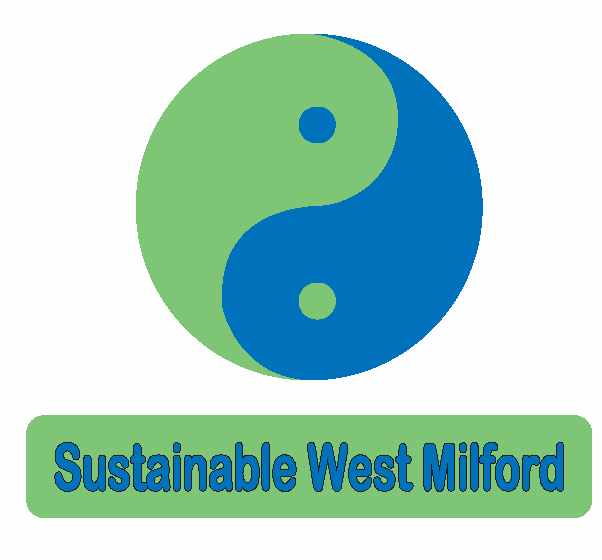Does your community struggle to get it's members to act in everyone's best interests?
Are your community programs and projects unsure how to be sustainable when resources are dwindling and politics keep changing?
Building Sustainable Communities
Building sustainable communities begins and ends with the people of the community. People in all parts of the community; business owners, commuters, mothers, seniors, municipal leaders, community advocates, and people that work or volunteer with community services, churches, and non profit organizations.
Change begins when people make a choice – a choice to become more sustainable in the places that they work, live, play and pray. Those changes are sustained when their sustainable choices and actions are nurtured and supported over time.
WHAT IS A SUSTAINABLE COMMUNITY*?
A sustainable community is one that meets the needs of all current residents without compromising the ability of future generations to meet their needs.
1. In the sustainable community, people and nature are not subject to systematically increasing concentrations of substances extracted from the earth’s crust.
Overall Objective: Reduce harmful exposure to and reduce wasteful dependence upon fossil fuels, underground metals and minerals.
Practices that might change: Transit and pedestrian oriented development, renewable energy development and use, public transit, different driving practices and maintenance routines, incentives for organic agriculture, alternative fuels
2. In the sustainable community, people and nature are not subject to systematically increasing concentrations of substances produced by society.
Overall Objective: Reduce harmful exposure to and reduce wasteful dependence upon chemicals and unnatural substances.
Practices that might change: Healthy building design and contraction that reduces the use of toxic building materials, landscape design and maintenance that uses alternatives to chemical pesticides and fertilizers
3. In the sustainable community, people and nature are not subject to systematically increasing degradation by physical means.
Overall Objective: Reduce encroachment upon one another and upon nature.
Practices that might change: Redevelopment of existing sites and buildings before building new ones, reduced water use, increase the use of gray water, reduce non-permeable surfaces, green roofs, xeriscape gardening
4. In the sustainable community, human needs are met throughout.
Overall Objective: Meet human needs fairly and efficiently.
Practices that might change: Affordable and mixed use housing developments, locally based business and food production, the use of waste as a resource, participatory planning and community decision making, buying locally and cooperatively
* Derived from Dr. Karl-Henrik Roberts’ Natural Step Framework
HOW DO WE KNOW HOW IT WORKS?
Check out what we've been up to for the last 10 years:
“I’m always amazed at what Dave and Wendy created in their own town. This organization doesn’t just come up with ideas, they actually engage the community to act on those ideas in ways that keep them active years after the initial event.”
These are some of our favorite efforts in sustainable, intentional communities:










